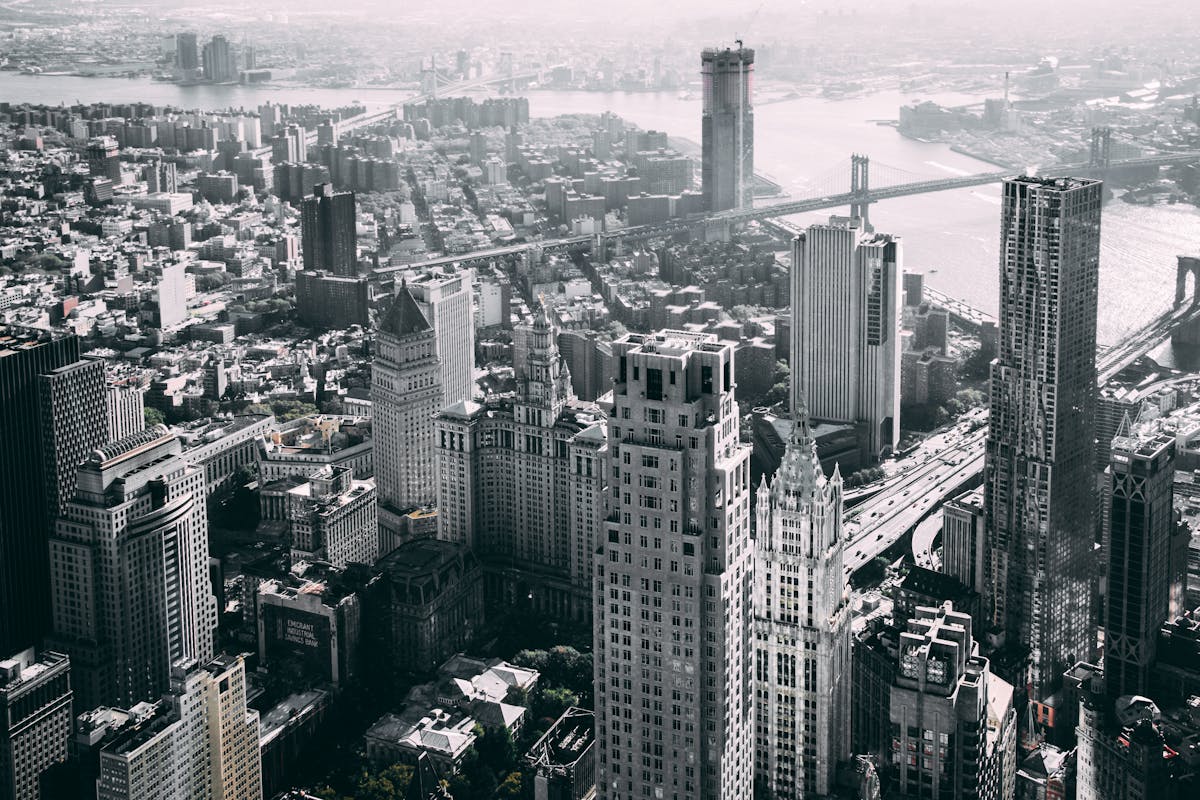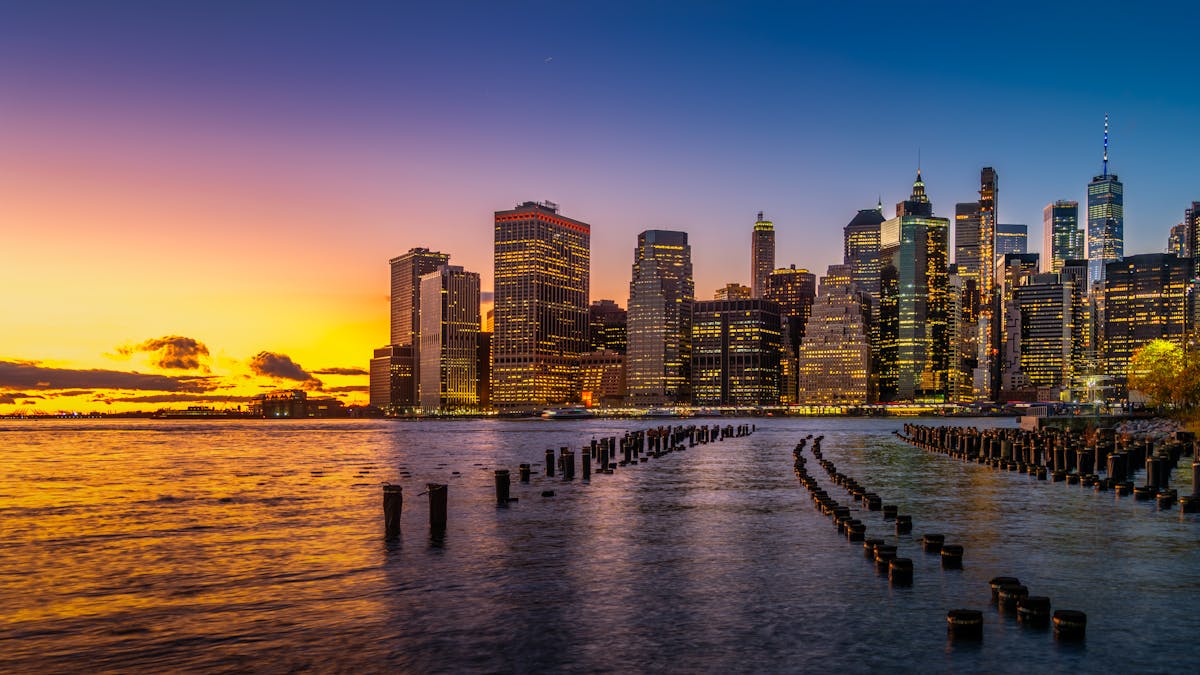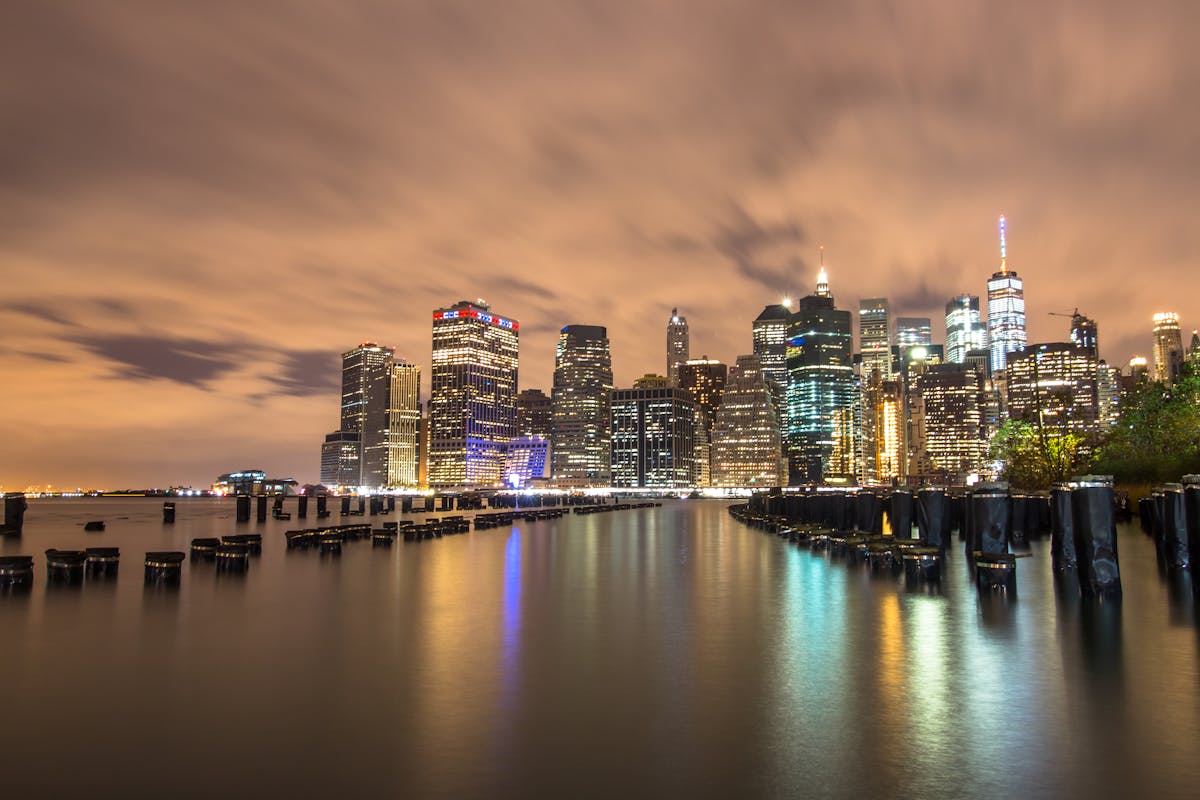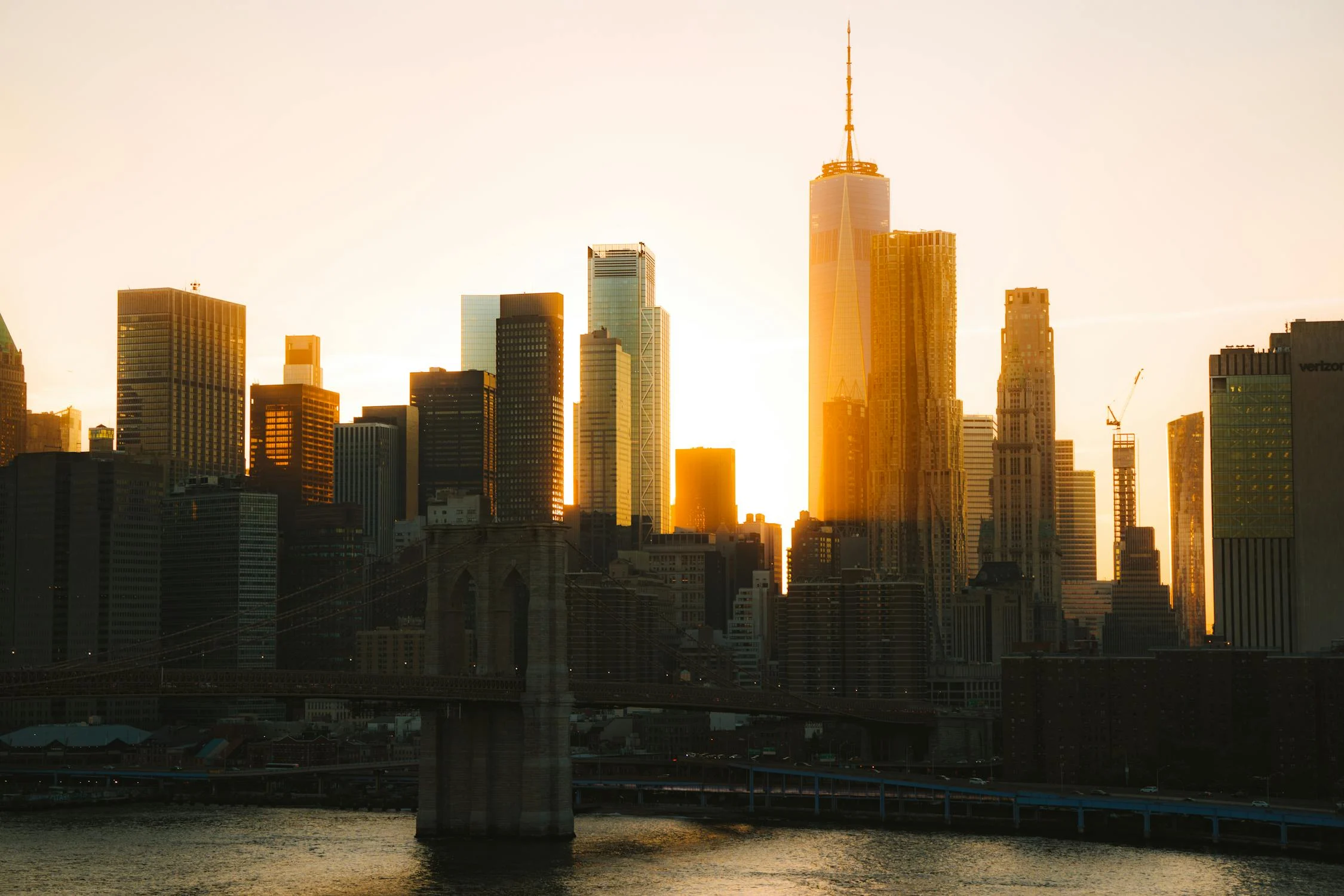Navigating the vibrant energy of New York City is an adventure in itself, and the ever-changing new york city weather plays a significant role in shaping that experience. From crisp autumn days perfect for exploring to hot, humid summers and potentially snowy winters, understanding the city’s climate is key to planning your perfect trip. As a seasoned traveler and culture enthusiast, I’ve learned that the weather isn’t just a backdrop; it influences everything from what you pack to the best spots for [new york foods to eat] and even how you get around the bustling streets.
New York City experiences four distinct seasons, each offering a unique perspective on the concrete jungle. Being prepared for the expected (and sometimes unexpected) conditions will ensure your visit is comfortable and memorable. Whether you’re aiming to catch the fall foliage, enjoy summer festivals, cozy up in a winter cafe, or see the spring blooms, paying attention to the new york city weather forecast before you go is essential. Planning ahead can help you decide when to seek refuge indoors at world-class museums or when to brave the elements for iconic outdoor sights. Thinking about your [package holiday new york] involves more than just flights and hotels; factoring in the seasonal weather is crucial.
Experiencing Spring New York City Weather
Spring in NYC is a time of glorious transformation. After the chill of winter, the city gradually thaws, and parks begin to burst with color. The new york city weather during spring is famously variable. March can still feel quite wintry, often mixing cold snaps with milder, rainy days. April brings more consistent warmth but is known for frequent showers (“April showers bring May flowers,” after all). May sees the weather settle into pleasantly warm temperatures, ideal for walking and spending time outdoors.

Temperatures typically range from the 40s to 60s°F (5-15°C) in early spring, climbing into the 60s and 70s°F (15-25°C) by late spring. This variability means layering is essential. A waterproof jacket is a must-have for those sudden spring rains. Exploring places [where to visit in new york city] like Central Park, the High Line, or the Brooklyn Botanic Garden is particularly rewarding as nature awakens.
Navigating Summer New York City Weather
Summers in New York City can be hot and humid, creating that iconic city haze. July and August are typically the warmest months, with temperatures often soaring into the 80s and 90s°F (27-35°C) and humidity making it feel even hotter. While the heat can be intense, it also brings vibrant energy, outdoor concerts, street fairs, and beach trips (yes, NYC has beaches!).
Occasional thunderstorms can pop up in the afternoons, bringing dramatic but brief downpours and temporary relief from the heat. Staying hydrated is crucial, and planning indoor activities during the hottest parts of the day is wise. The new york city weather in summer calls for light, breathable clothing. Ducking into air-conditioned museums, shops, or enjoying cool [new york foods to eat] like ice cream or cold brew coffee are perfect ways to beat the heat.
Enjoying Fall New York City Weather
Many consider autumn to be the absolute best time to experience the new york city weather. September is often still warm, feeling like an extension of summer, but with less humidity. October brings crisp, cool air, clear blue skies, and the stunning display of fall foliage in the city’s parks. November sees temperatures drop, becoming quite cool and eventually leading into winter’s chill.

Temperatures in fall range from the pleasant 60s and 70s°F (15-25°C) in early autumn, cooling down to the 40s and 50s°F (5-15°C) by late November. This is perfect walking weather, ideal for exploring neighborhoods, visiting historical sites, and enjoying outdoor events without breaking a sweat or needing heavy layers (at least initially). Deciding [where is the best place to visit in new york] often hinges on experiencing this delightful fall weather.
Preparing for Winter New York City Weather
Winter in New York City can be cold, grey, and yes, sometimes snowy and icy, bringing conditions that directly relate to the official advisories we sometimes see. From December through February, the new york city weather is consistently cold, with temperatures often hovering around or below freezing (32°F / 0°C). Snowfall varies greatly year to year; some winters see significant accumulation, while others see very little.
What the original text highlights about winter storms – snow, sleet, freezing rain, and strong winds – are definitely possibilities. While less frequent than in upstate New York, severe winter weather can impact NYC, leading to challenging travel conditions, especially on roads and potentially affecting flights. High winds, as mentioned in weather advisories, can make the cold feel even more biting.
How New York City Weather Impacts Your Visit
Understanding the typical new york city weather for the time you plan to visit is fundamental. It dictates your packing list – layers are key in spring and fall, light clothing and rain gear in summer, and heavy coats, hats, gloves, and waterproof boots in winter.

Transportation can also be affected. While the subway system largely operates underground and is less impacted by weather than streets, heavy snow or ice can cause delays or service changes, particularly on outdoor lines. Bus traffic slows considerably in poor weather. Agencies like the MTA and Port Authority constantly monitor conditions and issue advisories, as mentioned in official reports. Staying informed about current conditions and transport updates, perhaps via apps or official websites, is essential, especially during winter storms or severe thunderstorms. Planning your [virgin flights to new york] should include checking the seasonal weather patterns at your destination.
Staying Safe During Extreme New York City Weather
New York City is equipped to handle various weather extremes, but visitors should also be prepared. During summer heat waves, seek air-conditioned spaces, drink plenty of water, and avoid strenuous outdoor activity during peak heat hours. In winter, dress warmly in layers, cover exposed skin to prevent frostbite, and be cautious of slippery sidewalks if there’s ice or snow.
Discover the Best – Where to Go on Vacation in Florida
Your Ultimate Guide – what to eat in destin florida
Discover Fun Things to Do in LA Today
Power outages, though less common in the main tourist areas, can occur during severe storms, particularly those with high winds or heavy ice accumulation, impacting large parts of the state. While official advisories primarily concern state-wide infrastructure and utility response, being aware of basic safety tips, like having a flashlight or knowing how to report an outage (information often provided by local authorities, similar to the utility numbers listed in the original text), is good practice, although direct impact on a typical tourist is less likely unless staying in less central areas or during a truly city-wide event. For visitors, the main safety concern during winter weather will be navigating slippery streets and potential transport delays.
In conclusion, the dynamic new york city weather is as much a part of its character as its iconic landmarks and diverse neighborhoods. By familiarizing yourself with the seasonal patterns and checking forecasts before and during your trip, you can ensure you’re prepared for whatever the skies above the Empire State have in store. Embrace the weather – it’s all part of the unforgettable New York City experience!

